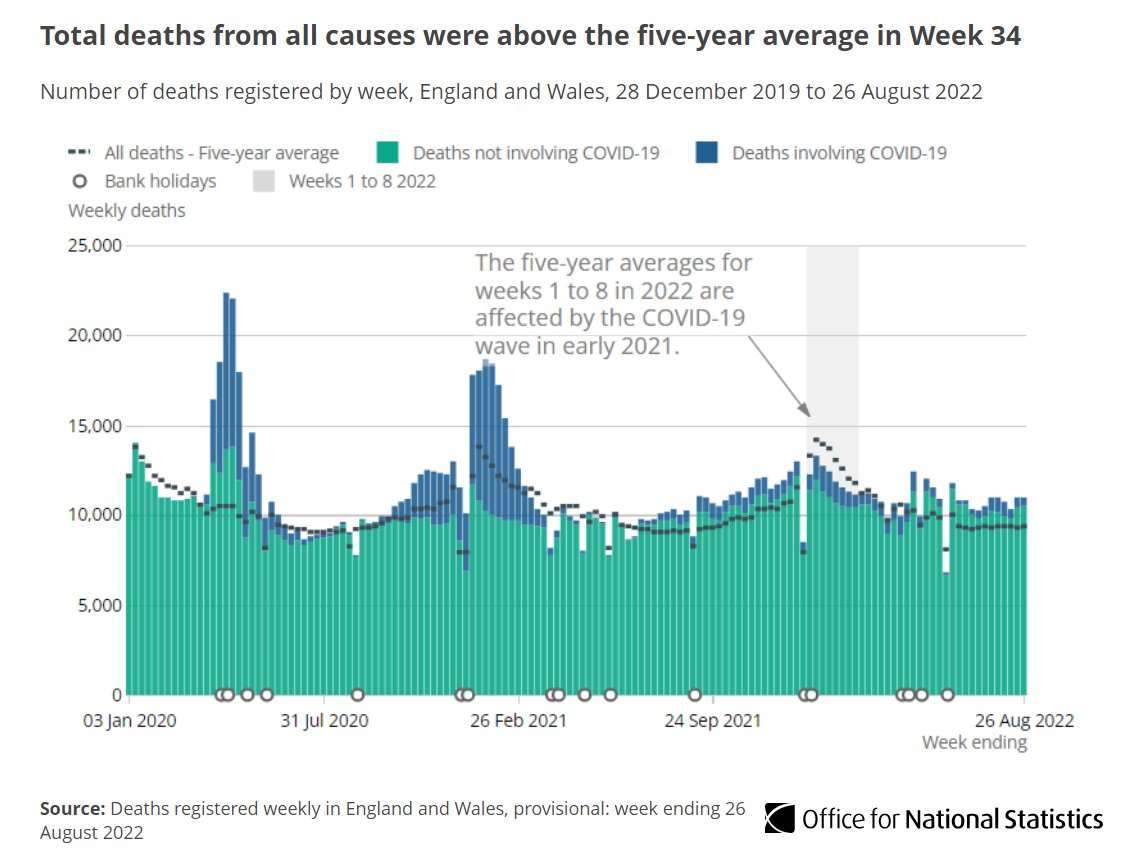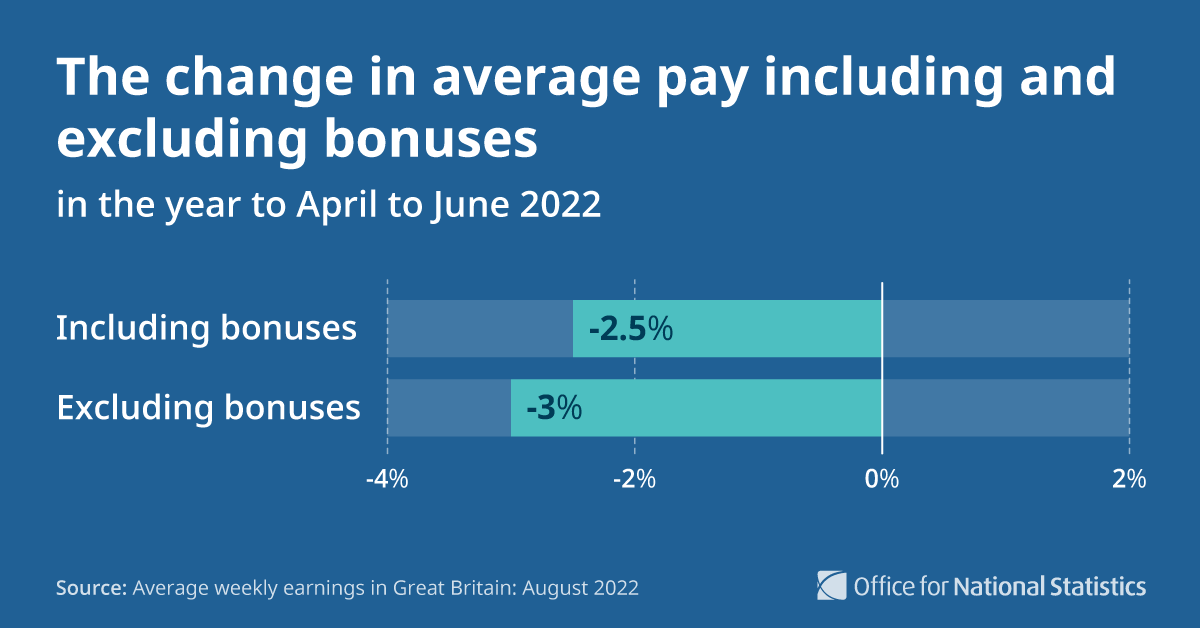
In 2021, there were 5,583 suicides registered in England and Wales ow.ly/hLLV50KALpW 

James Tucker, Head of Analysis in the Health and Life Events Division, Office for National Statistics, said: (1/2)
⬇️
#WorldSuicidePreventionDay
⬇️
#WorldSuicidePreventionDay

Around three-quarters of suicides were males (4,129 deaths, 16.0 deaths per 100,000) this is consistent with long-tern trends.
Since 2010, men aged 45 to 64 years have had the highest age-specific suicide rates. In 2021, the rate in this group was 20.1 deaths per 100,000.
Since 2010, men aged 45 to 64 years have had the highest age-specific suicide rates. In 2021, the rate in this group was 20.1 deaths per 100,000.

In 2021, the age-specific suicide rate among females was highest in those aged 45 to 49 years, a rate of 7.8 deaths per 100,000 (146 registered deaths).
Females aged 24 years and under has seen the largest increase in the suicide rate since our time series began in 1981.
Females aged 24 years and under has seen the largest increase in the suicide rate since our time series began in 1981.

London has had the lowest suicide rate of any English region in 10 of the last 11 years, a rate of 6.6 deaths per 100,000,
In 2021, the highest rate was in the North East (14.1 deaths per 100,000).
In Wales, there were 12.7 deaths per 100,000 people (347 registered deaths).
In 2021, the highest rate was in the North East (14.1 deaths per 100,000).
In Wales, there were 12.7 deaths per 100,000 people (347 registered deaths).

We’ve also published new provisional data on quarterly suicide death registrations in England for Quarter 1 (Jan to Mar) to Quarter 2 (Apr to June) 2022 ow.ly/BpZP50KALKa
If you are struggling to cope, call @samaritans free on 116 123 (UK and ROI), email jo@samaritans.org, or visit the Samaritans website to find details of the nearest branch.
Resources are also available on the NHS help for suicidal thoughts webpage
ow.ly/Thtr50KxT5t
Resources are also available on the NHS help for suicidal thoughts webpage
ow.ly/Thtr50KxT5t
• • •
Missing some Tweet in this thread? You can try to
force a refresh













